"Daddy Long Legs" - the strangest transport of the Victorian era
Categories: Europe | Technology
By Pictolic https://pictolic.com/article/daddy-long-legs-the-strangest-transport-of-the-victorian-era.htmlThe Victorian era still fascinates people today. And it’s not even about romance and spectacular fashion. At this time, the world was changing rapidly, and technological progress was moving forward by leaps and bounds. Inventions appeared, the reality of which is hard to believe. At the same time, they did not remain on paper, but were implemented and successfully used. The sea tram “Daddy Long Legs” is a typical creation of its era, which had no analogues either in its time or later.
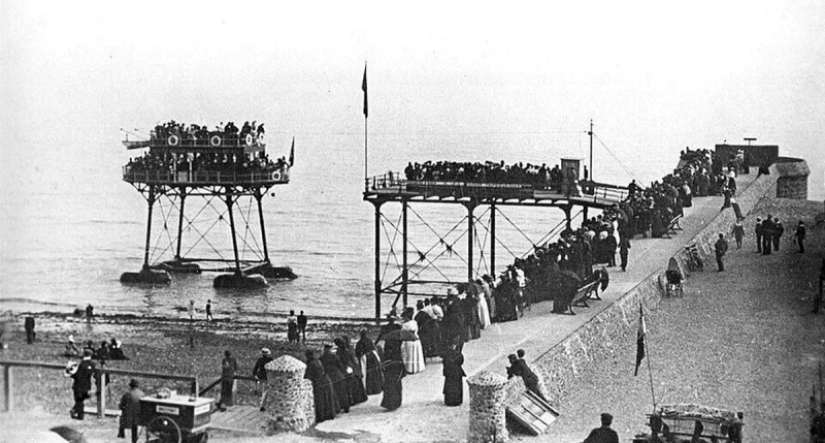
The idea of creating a tram moving over water belonged to engineer Magnus Volk. At the end of the 19th century, life for the British became so fast that traditional methods of traveling by land and sea did not suit everyone. Businessmen, office workers, traders and simply travelers valued speed and accessibility in transport.
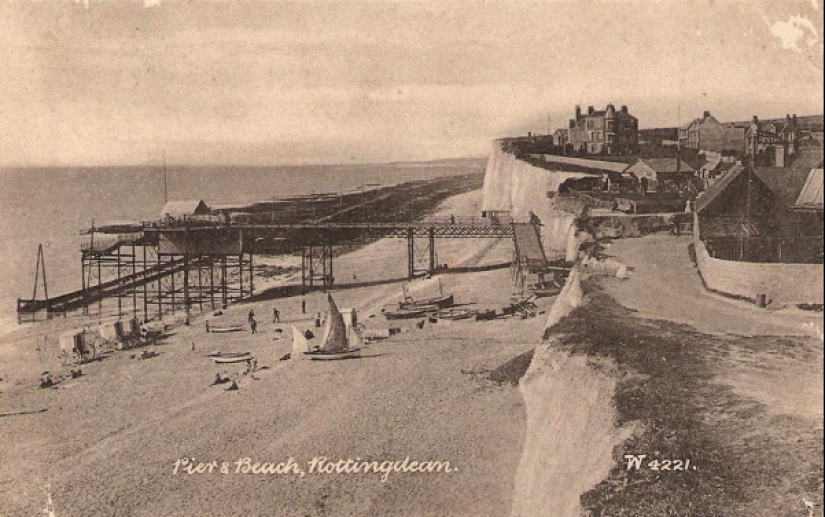
The coastal city of Brighton in the south of Great Britain has had an acute problem of communication with the neighboring village of Rottingdean for centuries. The railway ended in Brighton, and then problems began. The settlements were separated by very rough terrain, where laying rails was difficult and very expensive. Therefore, the simplest and shortest route was the sea route.
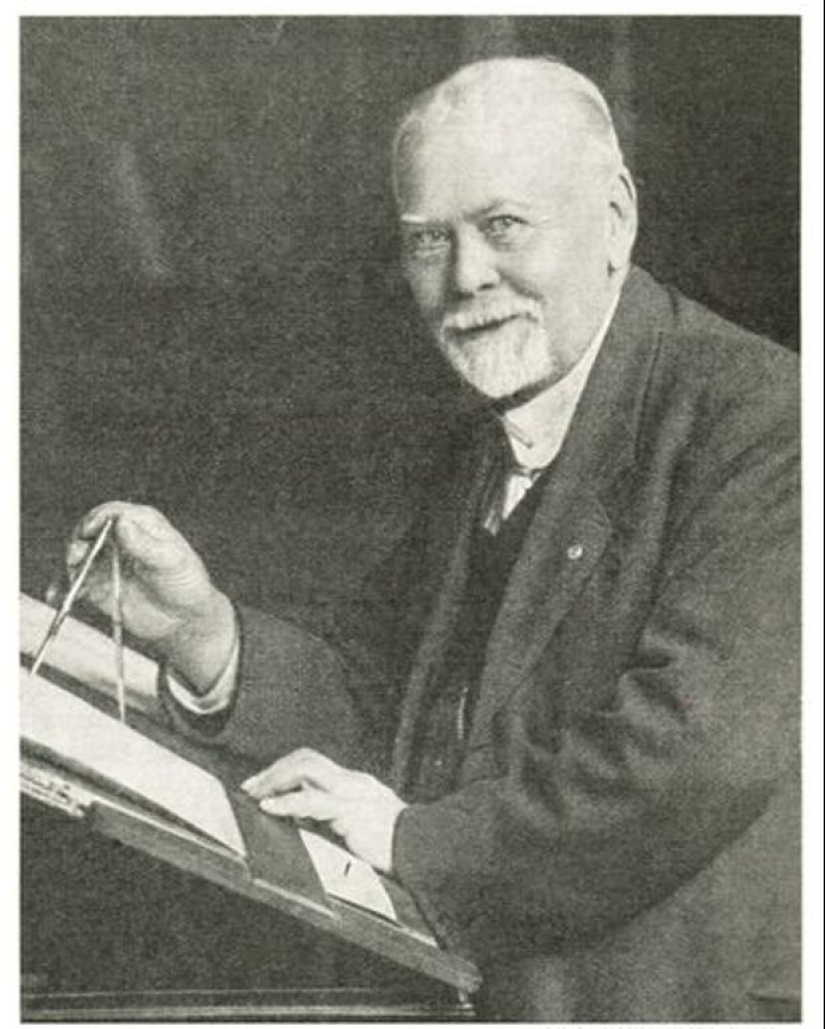
People sailed along the coast in boats, yachts and longboats, relying on the wind and the power of oars or steam engines. Magnus Volk decided to extend the railway route to Rottingdean by adding a tram line. But it had to pass not through the hills and swampy lowlands, but along the sea, along the coast.
The engineer's project was called the Brighton and Rottingdean Coastal Electric Tram. It was a unique vehicle of its kind - a hybrid of a tram and a ferry. The carriage, driven by an electric motor, had to move along rails laid on the seabed.

The tram was named "Pioneer", but it immediately received the unofficial name "Daddy Long Legs" ("Daddy Long Legs"). This is a popular nickname in English for an arthropod, which we mistakenly consider to be a spider and call it “haymaker” or “scraper”. Why? It's simple - because of the obvious external similarity.
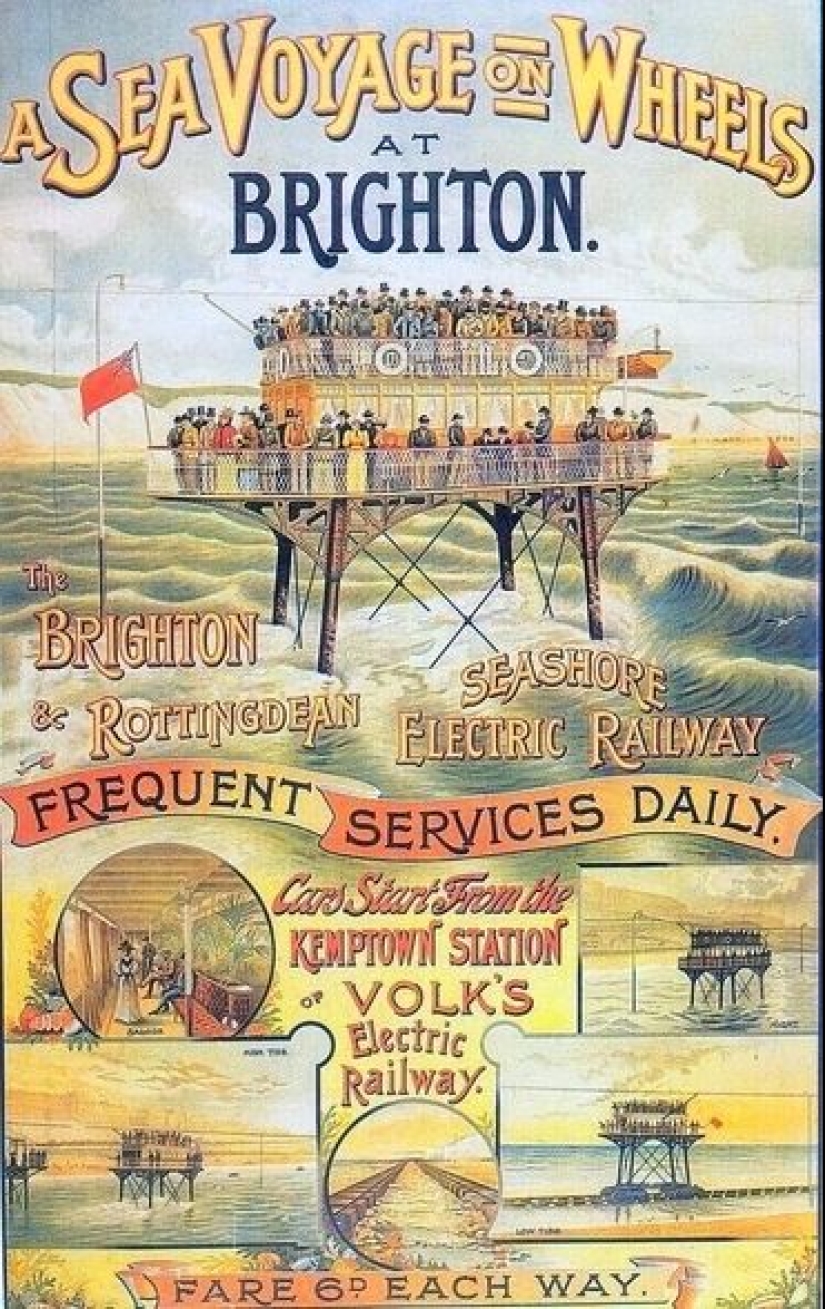
In 1894, rails were laid along the seabed for the Pioneer at a distance of 50-90 meters from the shore. The length of the highway was impressive and amounted to 4.5 km. Daddy Long Legs departed from a purpose-built pier in Brighton and traveled to a similar pier in Rottingdean. At the end point, a power station was built for the vehicle, and wires were strung along supports along the entire route.
But the most amazing thing about this project was the Pioneer itself. It was a carriage similar to a tram, but more spacious. He was hoisted onto a platform, which, in turn, was placed on high supports. Four seven-meter “legs” each rested on their own cart with 4 railway wheels. “Daddy Long Legs” was propelled forward by two electric motors producing 25 horsepower each.
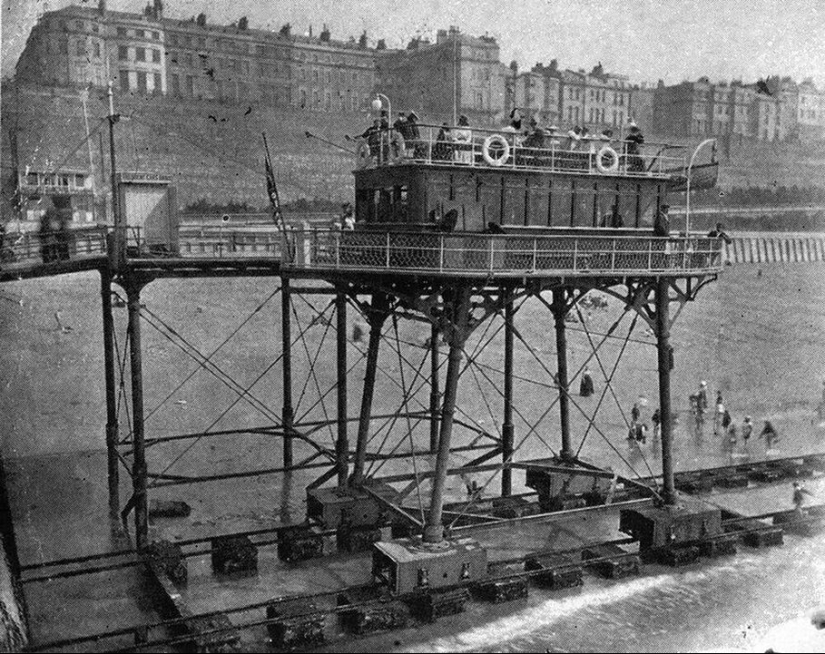
The Pioneer carriage accommodated 150 passengers. They were located in the cabin, on its roof, and also on the platform. Despite the fact that "Daddy Long Legs" was classified as a railway transport, it was equipped like a sea vessel. The vehicle was equipped with lifebuoys, lifeboats and a ship's bell. Moreover, the tram departed on its voyage under the British flag, as befits a ship.
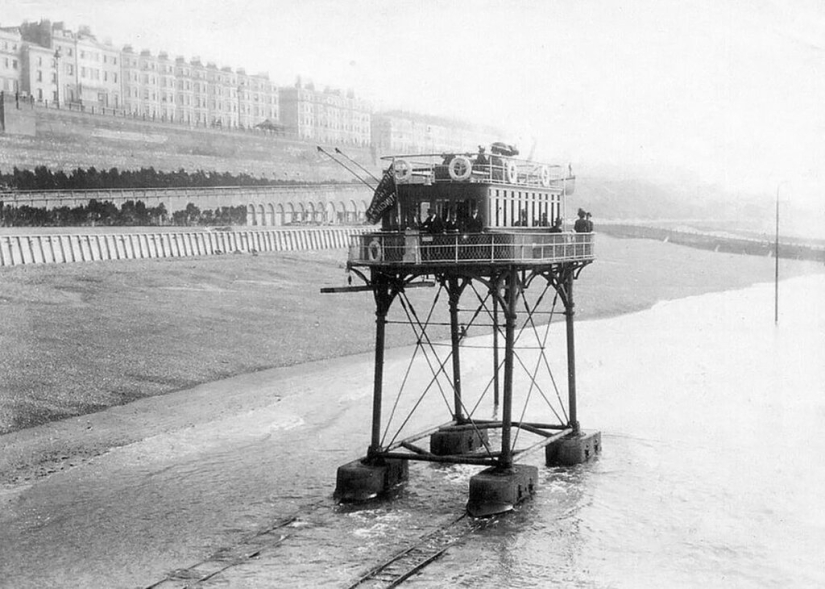
The long supports allowed the coastal tram to move across the sea at both low and high tides. However, one serious drawback soon emerged. At low waters, the Pioneer developed good speed, but during high tide it could barely crawl. The tram moved at walking speed, and this irritated many. The travel time varied significantly and passengers could not even dream of the exact schedule.
The Pioneer made its first voyage in November 1896. He cruised for a week until he had a serious accident. One night a storm broke out and the tram standing at the pier was blown away. The wind and waves pulled him along the rails into the sea, after which the platform overturned. The Pioneer was towed to shore, the supports were restored and extended. In the summer of 1897 she began sailing again between Brighton and Rottingdean piers.
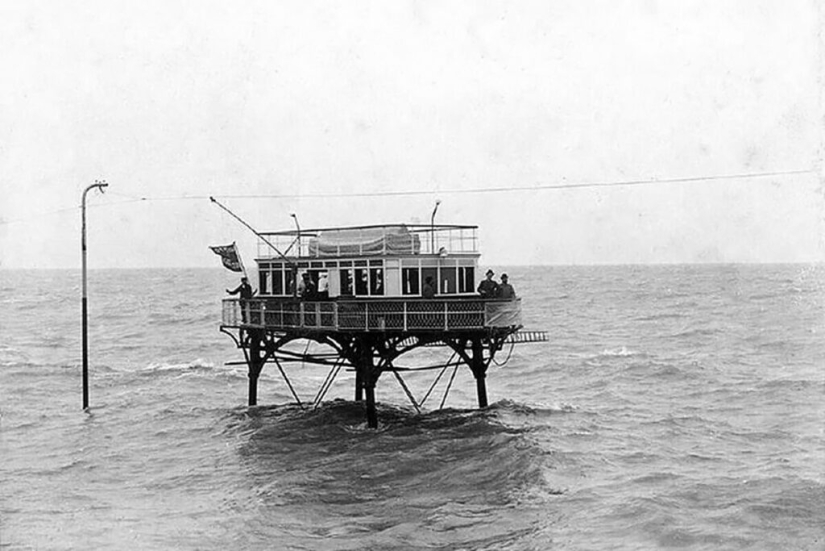
Everything was fine until 1900, when they started building new breakwaters in Brighton. To do this, the Daddy Long Legs rails had to be moved even further from the shore. This seemed too costly to the authorities and they had to choose between the water tram and the safety of the coast. The latter turned out to be a priority and in 1901 part of the underwater routes were dismantled.

The tram could no longer operate and was rusting idle at the pier. In 1910, it and part of the highway were cut into scrap metal and sold to German entrepreneurs. Nowadays, only concrete sleepers remind us of the unique vehicle of the Victorian era. They can be seen offshore at low tide.
Recent articles

At first glance, these colorful works look like ordinary paintings - but upon closer inspection, it turns out that they are made... ...

I want to somehow distract myself from the news about the pandemic and plunge into the beautiful. Here, for example, is a story ...

Serbian surrealist artist Dragan Ilić creates astonishing and provocative paintings that blend symbolism with eroticism, and ...